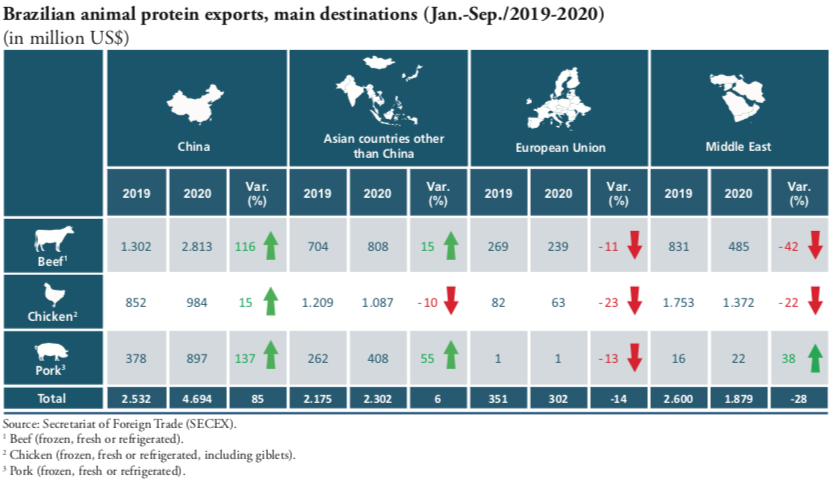The Brazilian economy maintained its growth recovery through the end of 2017 and beginning of 2018, as shown, among other data, by the upward trajectory of industrial production and by the declining trajectory of unemployment rates.
Thus, in spite of the fact that the process has lost some momentum, the data still point to a positive scenario for this year. The Ipea Indicator for the output gap is at 4.4%, suggesting that there still is spare capacity in the economy and that monetary policy can remain stimulative without the risk of stoking back inflation.
In fact, a positive surprise in the early months of 2018 came precisely from the inflation scenario: in the first bimester, recorded inflation for the period was the lowest in a long time. This benign behavior of inflation ratifies the widespread expectation that monetary policy will remain in expansionary mode throughout 2018 and that it shall be the main driver of economic recovery. Among our new forecasts for 2018, the numbers for inflation were the ones that changed the most. The remaining indicators are mostly unaltered, when compared to the Ipea Economic Outlook of January 2018.
Also on the positive side, the Brazilian current account has shown surprisingly low deficits, mainly due to the strongly positive trade balance, while inward foreign direct investment remains very high. One reason for such a performance is the favorable international background, which has featured synchronized growth among the major economies and a recovery of international trade. Even if recent data indicate some global deceleration in economic activity, and in spite of the outburst of volatility early in February, international liquidity remains high and global inflation, low. Even in the economies that are more advanced in their economic cycles, as the USA, there are little signs of price acceleration. Therefore, the trend is one of a gradual normalization of their monetary policies.
On the negative side, the suspension of the vote concerning the pensions reforms in Congress was a source of frustration. The adverse implications for the sustainability of the public debt led to a further downgrade of the Brazilian debt rating by one of the major rating agencies. However, markets’ response to the vote postponement was mute, maybe due to a consensus that the next administration will have to push the reforms forward, no matter who wins this year’s elections. Also, some positive indicators revealing a small short term relief in the public deficit may have contributed to reduce the financial markets volatility. The primary deficit was below the target in 2017 and government revenues were higher than expected in the beginning of 2018. Both point to the attainment of the fiscal goal for this year, though the real challenge in 2018 should be to trim the primary deficit as a proportion to GDP with respect to 2017.
View PDF

